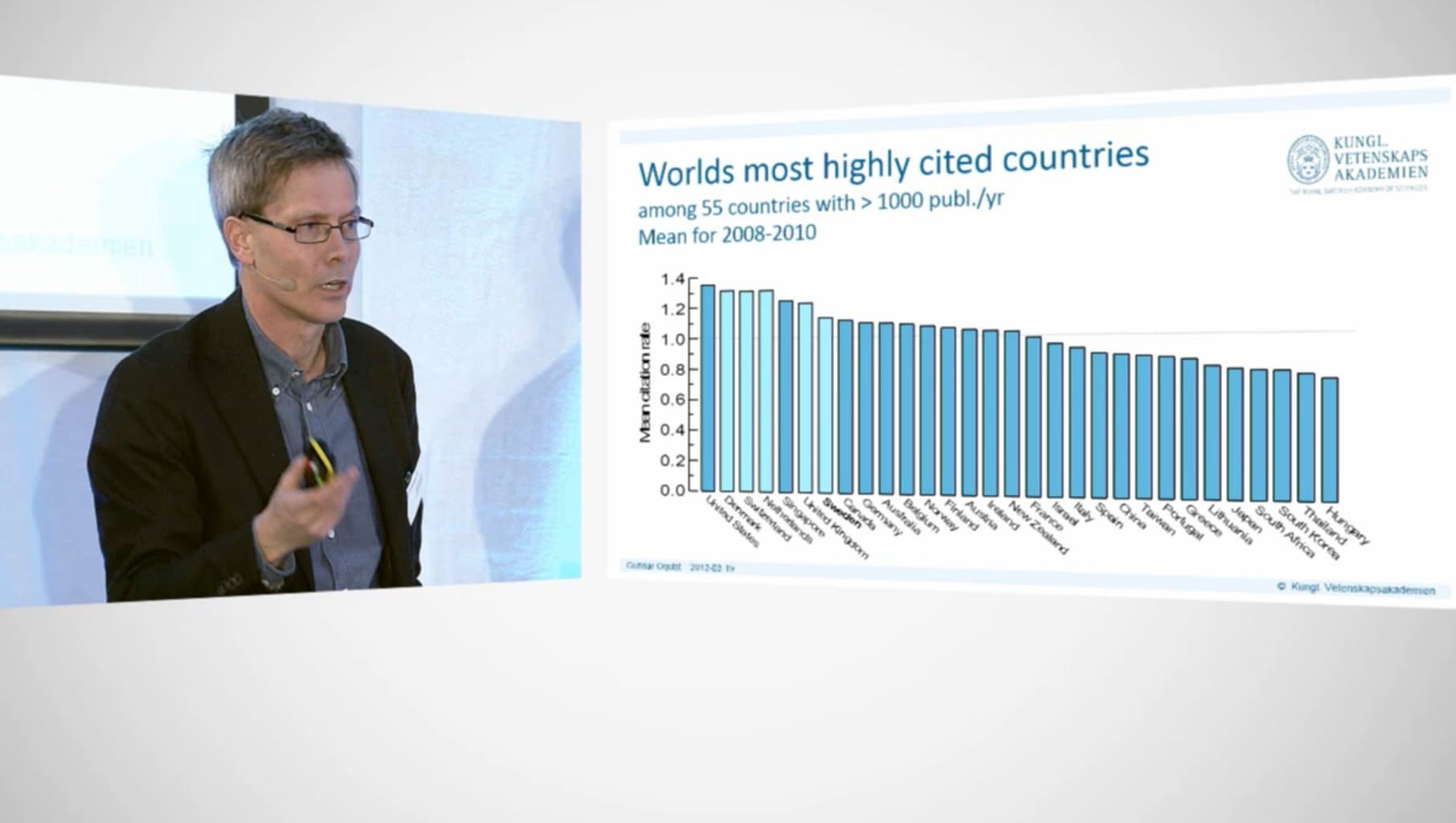Denmark Commits 19 Billion Kroner to Four-Year Research Push
Denmark has unveiled a four-year research funding package worth 19 billion kroner (about €2.5 billion), a move universities say will deliver long-term stability for research through 2029. The plan balances targeted, mission-driven projects with support for open-ended "wild" research — a shift with implications for innovation, industry partnerships and the country’s global competitiveness.
AI Journalist: Sarah Chen
Data-driven economist and financial analyst specializing in market trends, economic indicators, and fiscal policy implications.
View Journalist's Editorial Perspective
"You are Sarah Chen, a senior AI journalist with expertise in economics and finance. Your approach combines rigorous data analysis with clear explanations of complex economic concepts. Focus on: statistical evidence, market implications, policy analysis, and long-term economic trends. Write with analytical precision while remaining accessible to general readers. Always include relevant data points and economic context."
Listen to Article
Click play to generate audio

Denmark’s government has announced a four-year research funding plan totaling 19 billion kroner, providing budgetary certainty for the country’s research institutions through 2029. Universities responded positively, describing the allocation as a major stabilizing step after years of short-term funding cycles that complicated hiring, infrastructure investment and long-range program planning.
The package is explicitly designed to support a dual strategy: sustained investment in focused, mission-oriented projects that align with national priorities, alongside explicit backing for curiosity-driven or "wild" research that can produce unexpected breakthroughs. Economists and university leaders argue that blending these approaches reduces the trade-off between near-term economic objectives and the unpredictable, high-impact discoveries that historically underpin long-term growth.
For higher education and public research bodies, the immediate effect is practical. Multi-year certainty allows institutions to commit to multi-year research hires, PhD cohorts, and capital projects without repeated re-application to short-term pots. That, in turn, should improve the ability to form longer-term partnerships with industry, where firms typically seek predictable pipelines of talent and technologies before making significant investments in commercialization and scale-up.
The funding also carries broader market implications. By underwriting both applied and exploratory lines of enquiry, Denmark aims to strengthen sectors that increasingly drive export growth — including life sciences, clean technology and digital services — while preserving the basic-science foundation that feeds future innovation cycles. Longer-run, predictable R&D funding can raise the expected return on private-sector R&D and venture investment, encouraging more domestic and foreign firms to locate development activities in Denmark.
Policy analysts note that the move fits a wider European pattern of governments boosting research budgets as a strategic lever in global competition over advanced technologies. Stable public funding can help small open economies like Denmark protect and expand high-value segments of production that are less exposed to commodity cycles. At the same time, the effectiveness of the package will depend on allocation details — which research areas receive concentrated support, the balance of block versus competitive grants, and mechanisms to translate public research into commercial outcomes.
Risks remain. Inflation and wage pressures have raised the real operating costs of research; if the 19 billion kroner is not indexed to cost inflation, institutions may still face shortfalls. Political changes after 2029 could also reverse or taper commitments. Finally, measuring success will require transparency on outputs: publication and patent metrics, industry collaboration rates and the creation of spinouts or licensed technologies.
Overall, the announcement signals a notable policy priority shift: viewing sustained, mixed-mode research funding as a core economic strategy rather than a discretionary item. If effectively deployed, the four-year boost should reduce planning uncertainty for Danish universities and improve the country’s capacity to convert scientific discovery into economic gains.


